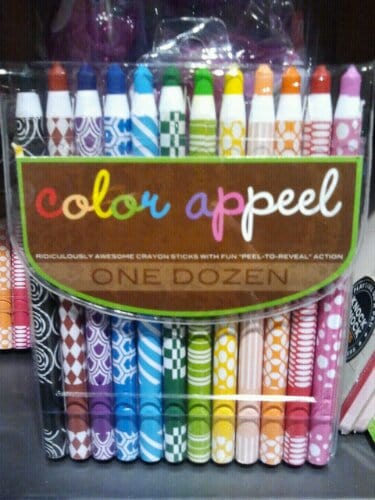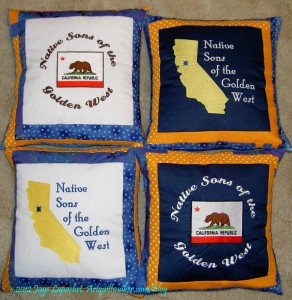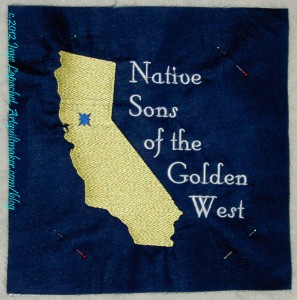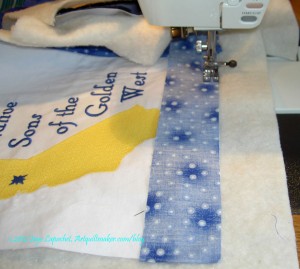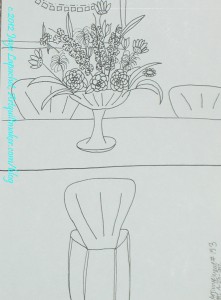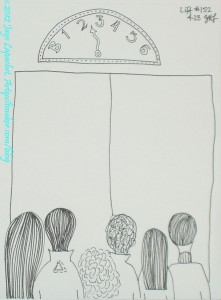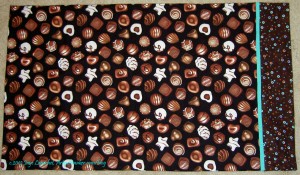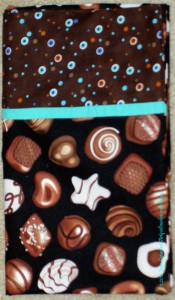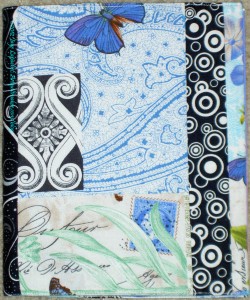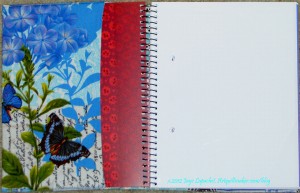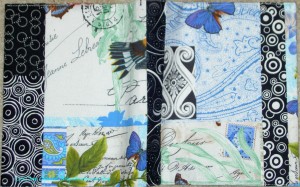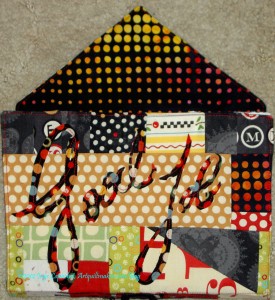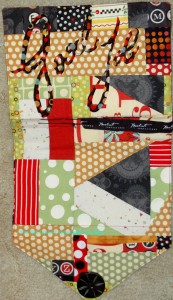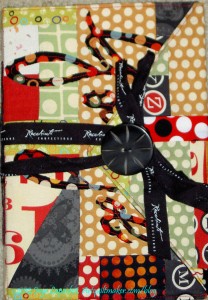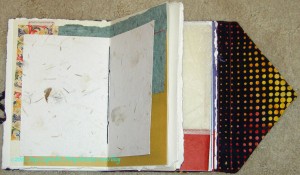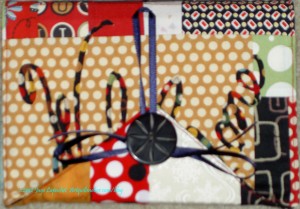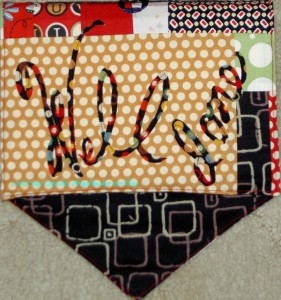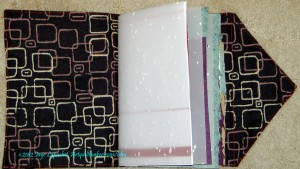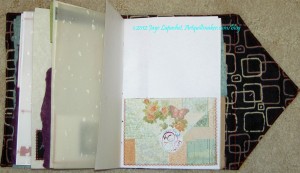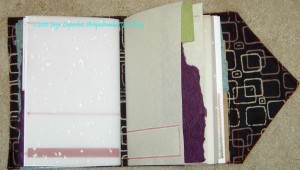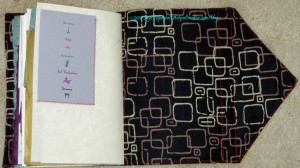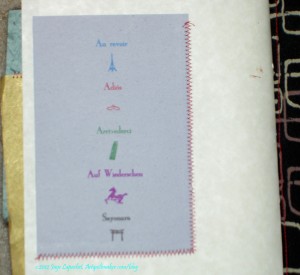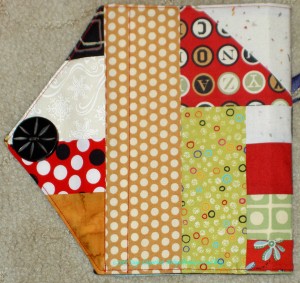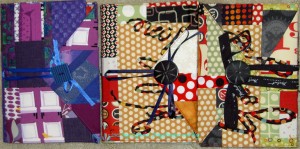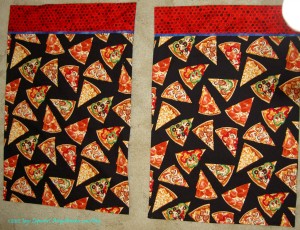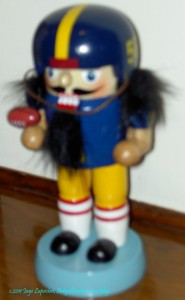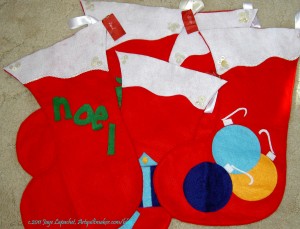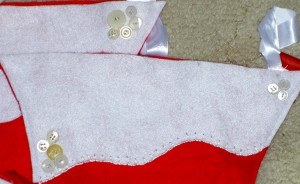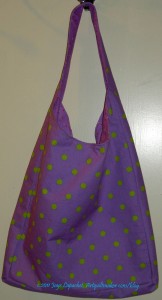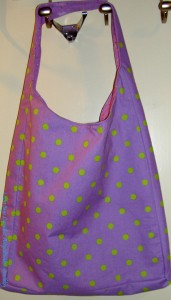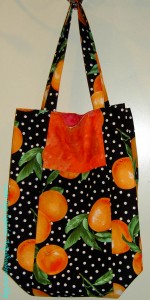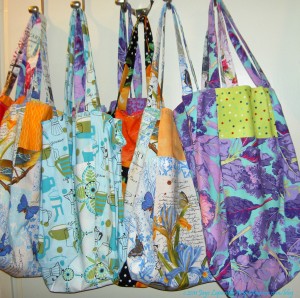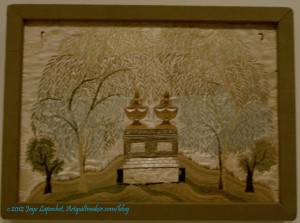
At the Art Institute of Chicago, while I was in Chicago, there was a very small exhibit of textiles called Fabric of a New Nation: American Needlework and Textiles, 1776–1840. It is in Galleries 57–59 from Thursday, July 12, 2012–Sunday, November 11, 2012.
The exhibit included some quilts and several examples of needlework. One type of needlework I like are samplers. I like them because they are so personal. They often include initials or names and dates. The ones I know best are cross stitch samplers. I have made a few, including one I posted here previously. The ones at the Art Institute were different. These were not cross stitch, but more emboridery/needlework samplers and they were mourning samplers.
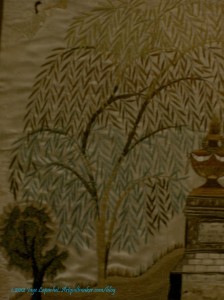
At a certain point in time and space, I guess there was no way to remember people unless a woman stitched a mourning sampler. I felt odd staring at this sampler, it felt indecent for some reason. I couldn’t stop, though. The stitches shone, glittered in the harsh fluorescent light. The thread was silk and it was like a whole bunch of puzzle pieces clicked into place in my mind. The thread was gorgeous and it made me realize that I need to get some of this thread and try it out on one of my pieces.
I also liked this tree. I like the curves of the limbs and the shape of the leaves. The colors are very soothing, but I always wonder whether the colors have faded?
I enjoy looking at older textiles because I always get inspired. I see something that sparks a thought in my mind. I also like thinking about the women who made them. It always makes me sad when I read a tag next to a beautiful Sampler and it says ‘unknown.’ I am glad we have blogs, because we won’t be so anonymous in the future.
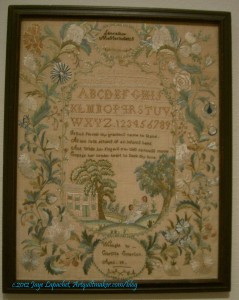
I thought the Sampler by Lucy Potter was very fine. It isn’t exactly my style, but the stitching was exquisite. I like the writing, but it is hard to see.
Nota bene: we were allowed to take photos as long as they were taken without the flash. That is why these photos are so dark.

The Bogfholder Towel is a cross stitch sampler. I like the simple shapes and bright colors of this sampler.
I have trees on the mind, too, so I was particularly interested in the way the artist stitched the trees.
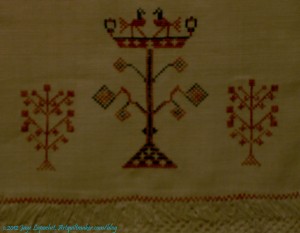
I know that thedetail of the towel isn’t exactly a tree, but I thought the motif had an interesting shape. It is, perhaps a candelabrum? The birds or griffins on the top intrigue and I wonder about the symbolism for all of these motifs.
I also think I could make a good argument that the smaller motifs on the left and right are stylized trees.
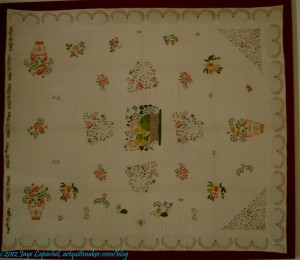
When I first saw this piece the exhibit was transitioning from needlework to quilts and I thought this was a quilt or an embroidered bed cover. It is a bed cover, but it is stenciled. The stenciling was very fine and detailed. I was amazed when I got up close to it, because I really couldn’t tell from even 3 feet away.
I had no idea that stenciling was done in the covered by this exhibit. I always think it is a good day when I learn something new.
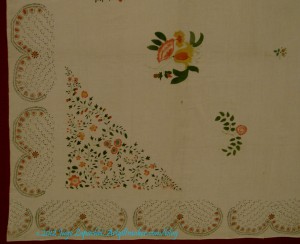
I think some of the motifs of the stenciling could be enlarged and used as applique’.
The description of the exhibit is “Featuring over 45 bedcovers, coverlets, needlework, printed handkerchiefs, and other household textiles from the permanent collection of the Department of Textiles, this exhibition explores the evolution of an American textile tradition as home creation, cottage industry, and commercial production developed between the years 1776 and 1840. While some needlework and textiles during this period were born out of necessity, others evoke refinement and sophistication, reflecting the overall growth, ingenuity, and prosperity of a new nation.
Traditionally textiles, whether made in the home or commercially, were considered prized possessions, but their value was not merely monetary; they often held special significance for the makers and their descendants. Many such textiles bear the maker’s name, and as treasured heirlooms were passed from one generation to the next serving as family record.
The sewing of textiles was also vital to the maintenance of a household. This important female skill not only provided the necessities of clothing and bedding but also a socially acceptable activity for women. The sewn and embroidered textiles in this exhibition represent the work of schoolgirls and women who had the means and time to pursue the needle arts. The works’ highly skilled execution and complex designs are evidence of the artistic and personal expression they provided.
A bridge from home to commercial production can be seen in the exhibition’s woven coverlets. Coverlet weavers in homes and separate workshops formed a cottage industry that would eventually grow into a full-scale commercial business by the mid-19th century. Printed textiles, on the other hand, were a product of the innovations and technological advancements of the Industrial Revolution, part of the commercial manufacturing industry that disseminated affordable textiles to a wider audience. With the mechanization of production and printing, textiles were able to keep pace with fashion and current events.
Whether sewn, woven, or printed, the textiles in this exhibition trace the development of an American textile tradition—one in which industrialization played a dominant role transforming raw materials into finished products but one that was also impacted by changes in the American home from creation out of necessity to a burgeoning consumer economy. Within these diverse textiles and their development, one can witness the innovation and progress of an early but thriving new United States.”
I was thrilled to see some textiles and hope that you enjoyed this review.
